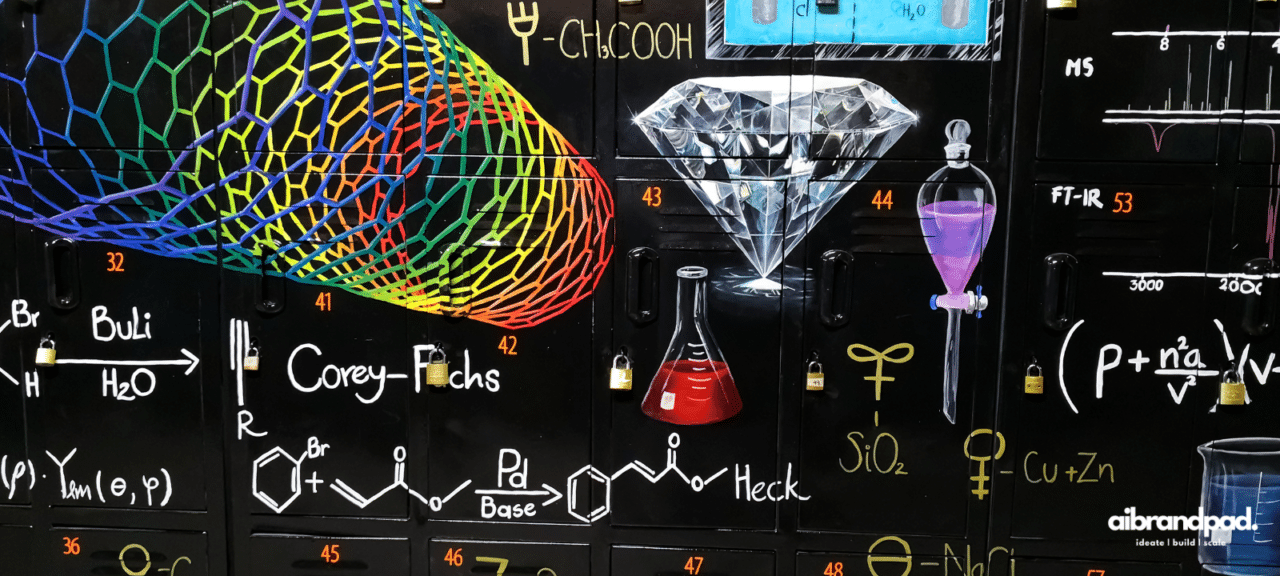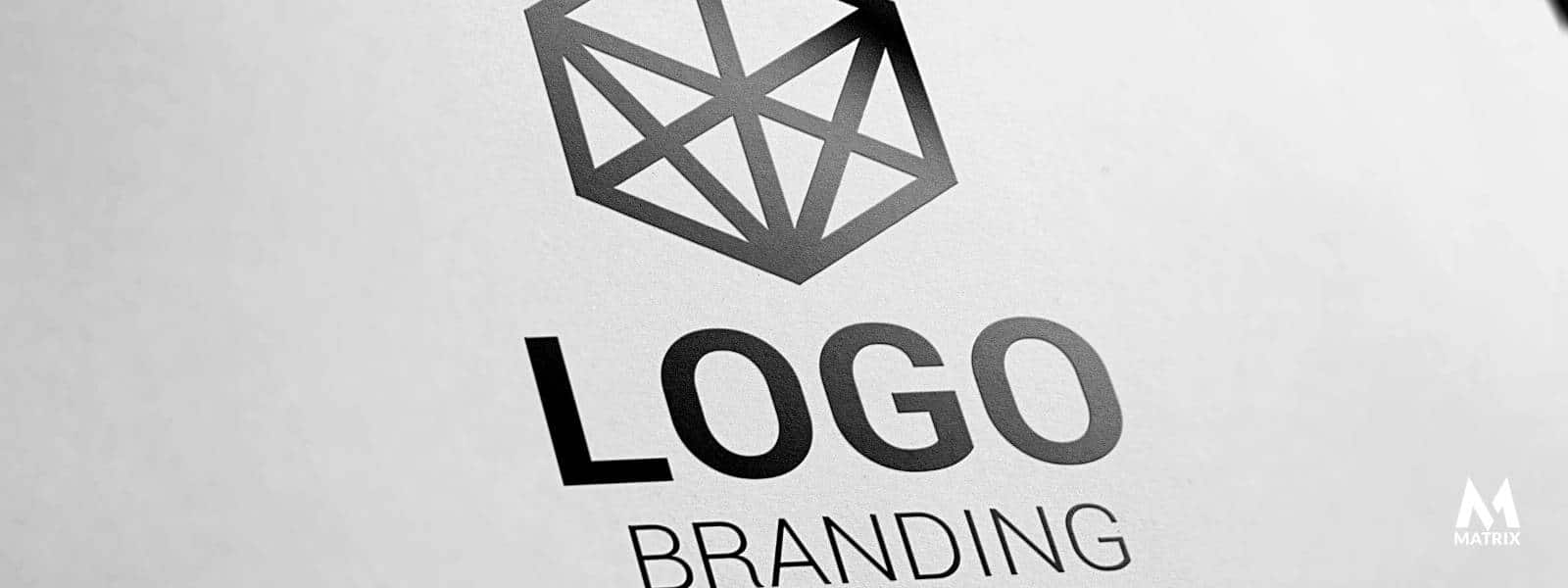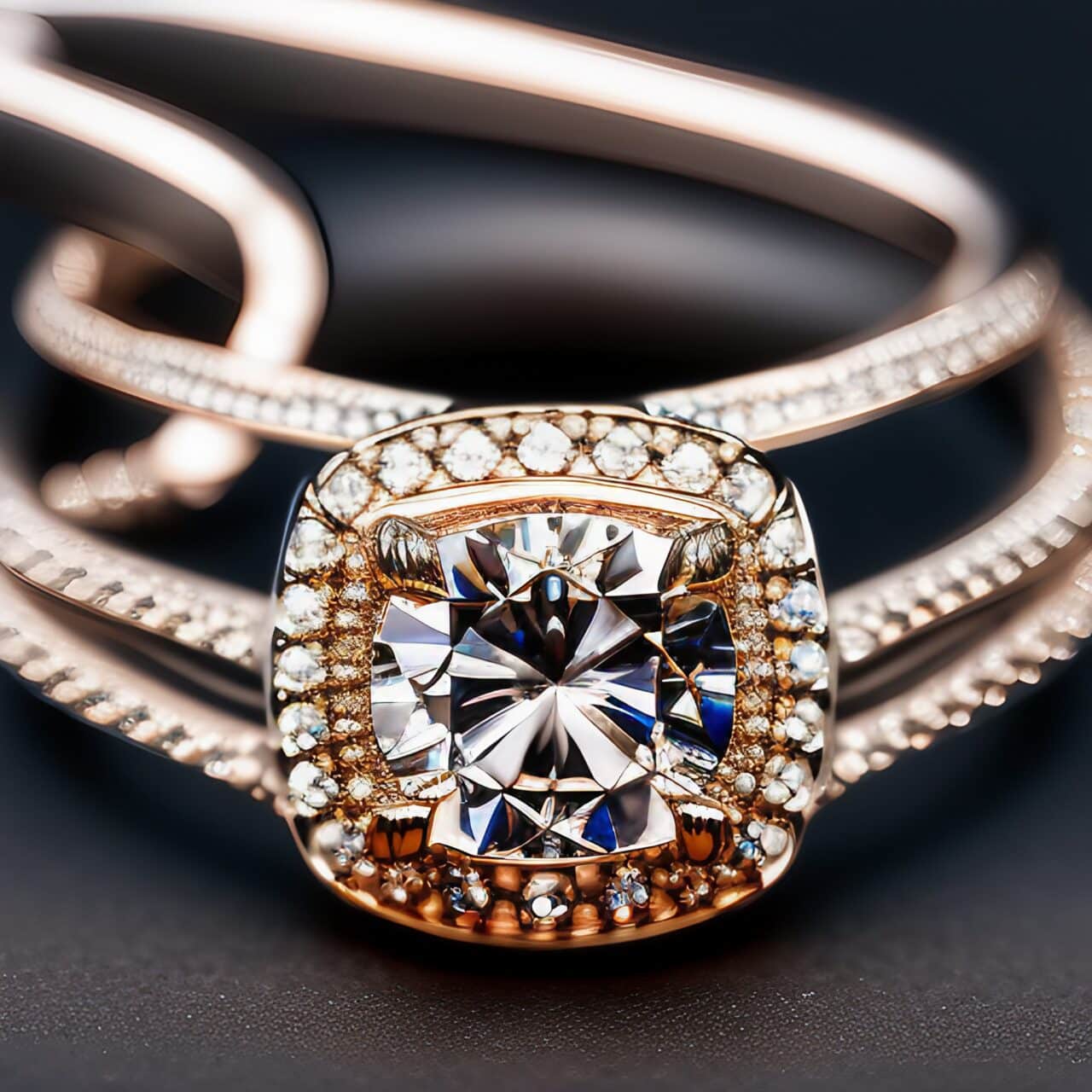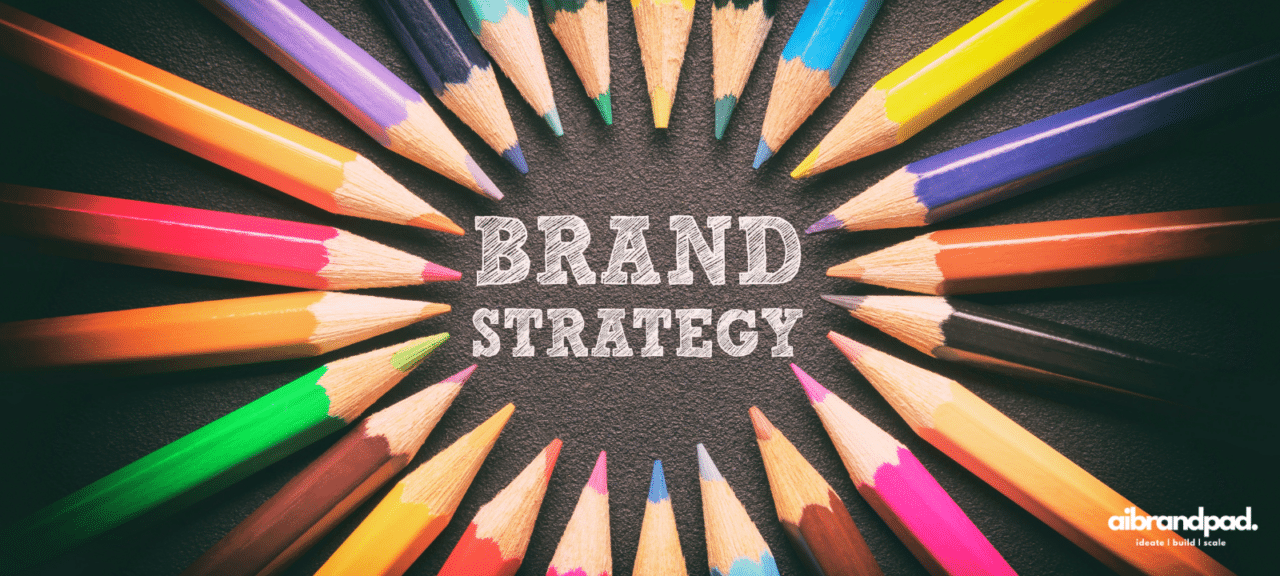Color theory is both the science and art of using color.
Today it makes sense to understand color theory, including color theory for designers. The principles of color theory and color theory psychology in digital or print media can increase your response rate.
The color theory explains how humans perceive color; and the visual effects of how colors mix, match, or contrast. In color theory, colors are organized on a color wheel and grouped into 3 categories: primary, secondary, and tertiary colors.
Color physiology in branding is vital. We will cover color psychology in marketing with examples. And we’ll touch on color theory for designers.
Humans have an incredible way of understanding and applying what we learn to enhance the world around us.
One thing that impacts how we interact with things every day is basic color theory or the science and art of using color.
Over the years, our culture has harnessed the knowledge of this theory to create products and marketing that affect our daily lives.
As you delve deeper into color theory, it can explain how humans perceive color in great detail. It explores how we physically see and process color and how we emotionally and intellectually process it.
It also analyzes how humans understand the effects of color when mixed, matched, or contrasted with each other. The biggest thing to learn from color theory is how colors communicate messages to people.
It has become one of the most vital marketing strategies for companies and their products because of how much you can say with different colors.
Many children learn about the fundamentals of color theory when they are young. They are typically introduced first to learning the primary colors: red, blue, and yellow.
As their comprehension of color grows, we learn how to combine to create secondary and tertiary colors. As we get older, we can forget this, even though it can be quite relevant to our work today.
Many people don’t realize color’s power and how it affects our everyday decisions. In the same way, a business name can affect how a brand is perceived, and color also influences buyers’ purchasing habits.
For this reason, tools such as this business name generator and the color wheel were created. Some people have entire consultant careers based around color, as knowing their effects on people is incredibly valuable.
A study on color psychology in the context of marketing was done, and the most interesting piece of information they found was that most people make up their minds within 90 seconds of their initial reaction to something.
Whether it was people or products, they found colors can contribute to standing out among the competition and influence our moods and feelings. We use mood boards.
These are some conclusions that professionals have made regarding what colors they choose to invoke certain feelings.

Red – This color is usually associated with urgency. It creates a feeling of high energy. We have often seen this when it comes to clearance sales.
Orange – Alerting and aggressive, generally a good call-to-action color.
Yellow – Known to make people feel bright and vibrant. This color is used to make people feel excited.
Green – Seen as relaxing, easygoing, or associated with wealth. Many stores use this color to help customers feel relaxed.
Blue – Invokes feelings of security and trust. Many businesses and banks go with this as their main color.
Pink – Traditionally, this color has been used to market products to women because it’s seen as romantic and feminine, but times change using “traditional” gender colors.
Purple – A calming and soothing color often used in marketing for anti-aging beauty products.
Black – There is something always sleek and powerful about black. Many luxury products and brands make good use of this color.
Each marketing tactic requires different approaches to color, but remaining cohesive is always the most important. Decisions around your initial colors and design can be difficult, and turning to a professional is always a great idea if you need extra support. Here are some things to consider when choosing colors for your branding needs.
Logo Design and Color Theory

It isn’t easy to know where to start when creating a logo for your business. Every business should have a standard black-and-white logo for different uses, but having a colorful main one will help you stand out among the most recent trends.
Your logo is essentially the most important symbol used to represent your brand. Your logo should tell your brand’s story; the color is one element that can communicate a great deal about you.
In another study, Labrecque and Milne discovered through their research on color differentiation in the marketplace that particular industries frequently use certain colors. For example, over 75% of credit card brand logos use blue, while 20% of fast-food brand logos use red.
Many established brands like Coca-Cola and Starbucks are known for their iconic colors.
These weren’t random or bold choices but have certainly been impactful. A logo is a powerful visual tool, and that’s exactly why you should put a lot of stock into the color you choose for yours.
Considering investing in a good logo from a professional company is a great idea. They have a wealth of experience in knowing what works and what doesn’t. Many agencies and companies have done testing to show what logo elements are successful.
They can usually help you develop an entire creative suite around it. You convey what you want them to know about you and your business goals, and they can suggest shapes and colors that will best benefit you.
Web Design and Color Theory

Most companies consider a website their storefront, especially during these times. A site’s appearance can turn a customer away instantly if they don’t connect with it.
You can see how quickly people leave based on the bounce rate, and that’s always a good way to tell if the colors on your site are working. We know that UX design can improve your website conversion significantly, and part of this process is determining your color palette ahead of time.
Depending on your brand and the type of work you do, there are some general go-to’s.
You can also be bold and step out of the box to stand out.
There are tons of resources on color theory for designers, and many companies have talented designers with years of experience and the latest knowledge.
They can help you determine the best color combinations and functions to optimize your site for your target audience.
Another thing to consider when designing colors for your website is to ensure you are following the accessibility standards that exist today.
These standards are implemented so anyone can access your website in almost the same form and function. By being inclusive and accessible, your site is available to anyone, and no one is alienated based on their visual impairments.
Social Media Marketing and Color Theory

We use social media every day, and the use of new networks and tactics for marketing is only going to grow. You need the right social media strategy.
How we interact with colors at the rate and speed of social media certainly impacts our decisions.
Many people will look at your social media and decide immediately if they want to stick around. These seemingly trivial details play a major role in influencing first impressions.
There is something visually appealing about a cohesive feed, and there are several tools, tips, and ways to color-coordinate like a pro for your feed or grid. A simple tip is to start with a palette for four to five colors and play around with which ones will be your main color and which will be accents.
We have generally understood that colors on the cooler spectrum, like blue and green, may make people feel calm, trustful, or tranquil.
On the other hand, warm colors have been known to trigger a range of emotions, from anger and hostility to comfort and warmth.
Most people assume that green is a more friendly and non-threatening color than red, dominating and appealing to customers. However, in a study from HubSpot on the effects of color and marketing, they tested two different call-to-action buttons. Their results were surprising to some.
They found that the red button outperformed the green button by 23%. It shows that even what we thought we knew about color theory still has room to evolve.
E-mail Marketing
Thinking about colors when it comes to your e-mail marketing is also important. Sharing your information through e-mail is a lot different than other means. Many people are used to plain white e-mails, so you need to stand out.
On the other hand, having too much color might give people the wrong impression. There’s a fine line to standing out amongst the rest regarding e-mail marketing, and paying attention to the colors you use is vital.
You also need to consider how people view the e-mail; is it on desktop or mobile? Screen sizes also matter when it comes to choosing colors to use.
Keeping on-brand is important. You want people to see colors and immediately associate them with you and your company.
At the same time, people might find the content stale. If they see the same colors, they see them regularly. They may be quick to trash the e-mail because they can assume they know what it’s about.
Switching up colors from time to time keeps things fresh. You may get an even higher inbox open rate when swapping for new colors because people will be intrigued by offering something new yet familiar.
Print Materials
While most marketing is digital these days, there is still a need for print materials, and there are some extra things to consider when it comes to printing and colors. So, how to get the best print color?
There’s some technical stuff to know to ensure you’re getting the best color in your prints when it comes to printing colors. There are two basic mixing modes in graphic design, CMYK and RGB.
When it comes to design, it’s essential to fully grasp the mechanics behind both of them to optimize your designs in the best way possible for their intended use. It would help if you understood the basics of the two-color systems when designing and consulting someone with the experience to guide you through the process.
RGB stands for Red, Green, and Blue and is the color system coded on almost every computer and mobile device so that the colors are displayed consistently across all devices.
The CMYK color system is generally for print products and stands for Cyan, Magenta, Yellow, and Key (Black). When printing, the ink mixes at varying degrees to create the images being printed.
There’s a lot to consider regarding ensuring you are printing the correct colors. This includes all the branding you may consider printing, like flyers, business cards, stickers, billboards, and even physical merchandise.

Summary of Color Theory
There’s much to consider regarding your marketing; picking colors and a logo is the best place to start. Our cultural differences can even have various effects on our feelings.
Something happy and bright in another country can easily be depressing in another based on its history. Even something as simple as tweaking a color’s hue or saturation can evoke an opposite feeling, so it’s not a decision that should be taken lightly.
Color can affect our actions in so many other subtle and incredible ways.
That initial study showed it could be used to increase or decrease appetite, calm down customers, enhance mood or even reduce someone’s perception of waiting time.
Those were only a few notable findings, so it shows how effective the use of a brand’s colors truly is. There are several ways to consider using color in your branding or marketing.
If you’re at a loss for where to begin, look for a reputable company to help you.
They can provide tailored advice and work with you to meet where you’re at in terms of budget for your branding and design.
If there’s one thing you’re going to invest in for your company, it should be the look and feel of your brand.
If you want to successfully connect with your customers and make them feel a certain way, you must consider the colors behind your brand.
We’re listening.
General FAQs
What is color theory?

Color theory is both the science and art of using color. It explains how humans perceive color; and the visual effects of how colors mix, match or contrast with each other. In color theory, colors are organized on a color wheel and grouped into primary, secondary, and tertiary colors. Color theory is a practical combination of art and science to determine what colors look good together.
Why is color theory important?

Colors can allow anyone to create different feelings depending on the colors they utilize. The color theory allows us to understand how to use these colors to create different effects and desired emotions.
What is the psychology of color?

Color is more than a visual experience. Warm colors like red, yellow, and orange can produce feelings of warmth or aggressiveness, while cool colors like green and blue can be calming or depressing.
What is a color wheel?

Color theory and the color wheel: The color wheel was invented in 1666 by Isaac Newton, who mapped the color spectrum onto a circle. The color wheel is the basis of color theory because it shows the relationship between colors. Color theory is a practical combination of art and science to determine what colors look good together.

